- (763) 595-1440
- info@peterdoranlawn.com
- 14360 James Rd, Rogers, MN
How Lawn Aeration Enhances Fertilizer Effectiveness
Lawn aeration might seem like a complex term reserved for seasoned horticulturists, but it’s a straightforward and essential process that can dramatically improve your lawn’s health. By creating tiny holes in the soil, aeration helps alleviate compaction, allowing fertilizers and nutrients to penetrate deeply.
In this post, we’ll dive into the intricacies of lawn aeration and its symbiotic relationship with fertilization, providing you with the insights needed to transform your lawn into a verdant paradise.
Understanding the Soil Ecosystem
To appreciate how lawn aeration can enhance fertilization, we must first understand the soil ecosystem. Soil is not merely dirt; it’s a complex structure teeming with life and nutrients. It serves as the foundation for your lawn, supporting the growth of grass and other plants. The soil structure consists of mineral particles, organic matter, water, and air. A healthy balance of these components is crucial for allowing grass roots to access the nutrients they need.
However, soil compaction is a common issue that can disrupt this delicate balance. Compaction occurs when soil particles are pressed together, reducing the pore space between them. This can happen due to foot traffic, heavy equipment, or even natural settling over time.
Compacted soil restricts the movement of water, air, and nutrients, making it difficult for grass roots to thrive. This is where lawn aeration becomes invaluable, as it helps break up compacted soil and restores the soil’s ability to support healthy grass growth.
Lawn Aeration: What It Is and Why It Matters
Lawn aeration involves perforating the soil with small holes to allow air, water, and nutrients to penetrate the grassroots. This process is essential for relieving soil compaction and promoting a healthier lawn.
There are different methods of aeration, with core aeration being the most effective. Core aeration involves removing plugs of soil from the ground, creating space for roots to expand and breathe.
Spike aeration, on the other hand, involves poking holes into the soil without removing plugs, which is less effective for compacted soils.
The benefits of aeration extend beyond just loosening the soil. By promoting better air and water circulation, aeration encourages the development of a robust root system. A well-aerated lawn is better able to absorb rainwater and irrigation, reducing runoff and promoting deep root growth. This creates a resilient lawn that can withstand drought and other environmental stresses, making it an essential practice for any homeowner aiming for a lush, healthy lawn.
The Synergy Between Aeration and Fertilization
The relationship between lawn aeration and nutrient absorption is a classic example of synergy in action. Aeration enhances the effectiveness of fertilizers by ensuring that nutrients can reach the grassroots where they are needed most. When soil is compacted, even the best fertilizers can struggle to penetrate deeply enough to be effective. After aeration, however, the pathways created by removing plugs allow fertilizers to move freely through the soil profile.
Combining aeration with proper fertilization techniques can transform your lawn care routine. By applying fertilizer immediately after aeration, you can maximize nutrient uptake and promote vigorous grass growth. This practice ensures that your lawn receives the full benefit of both aeration and fertilization, leading to a richer, greener, and more resilient lawn.
Best Practices for Aeration and Fertilization
Timing is crucial when it comes to aerating and fertilizing your lawn. For cool-season grasses, the best time to aerate is during the early spring or fall when the grass is actively growing. Warm-season grasses, on the other hand, benefit from aeration in late spring through early summer. Fertilizing your lawn should be done in conjunction with aeration to ensure that nutrients are readily available for the newly created root spaces.
Choosing the right fertilizer based on your soil’s needs is another critical factor. Conduct a soil test to determine the nutrient composition and pH level of your soil. This information will help you select a fertilizer that complements the specific deficiencies of your lawn. Avoid common mistakes such as over-fertilizing, which can lead to nutrient runoff and environmental harm, or under-fertilizing, which won’t provide your lawn the nourishment it requires.
Conclusion
Lawn aeration is a powerful tool that can dramatically enhance the effectiveness of fertilization, leading to a healthier, more vibrant lawn. By understanding the soil ecosystem and the importance of aeration, homeowners can transform their lawns into lush, green paradises.
At Peter Doran Lawn, we specialize in providing expert lawn care services, including aeration and fertilization, to help you achieve the lawn of your dreams.
The Cost of Landscaping Services: What to Expect in 2025
Landscaping services play a crucial role in enhancing the curb appeal and overall value of your property. Whether you’re a homeowner looking to revamp your front yard or add a serene water feature, understanding the dynamics of landscaping service costs is essential for effective budgeting and decision- making.
Landscaping service costs can vary significantly based on several key factors. These include the type of landscaping project, soil type, and even the installation of systems like drip irrigation or a sprinkler system.
As we approach 2025, being informed about these elements will help you make sound financial choices that align with your budget and aesthetic goals.
Current Landscape Service Cost Trends
Currently, the average cost of landscaping services can range widely. For instance, landscapers charge different rates depending on the complexity of the project and the materials used. On average, the cost per square foot might range from $5 to $20, depending on whether you’re installing new features or maintaining existing ones. Landscaping companies often tailor their pricing based on local economic factors and labor costs, which can fluctuate.
Several factors contribute to these costs. The type of plants and materials chosen significantly impacts the total cost. Exotic plants or intricate designs tend to drive up expenses. Moreover, the installation and maintenance of systems like drip irrigation or a sprinkler system also add to the costs. Inflation and economic shifts further influence these expenses, affecting everything from labor costs to the price of materials.
Projected Landscape Service Cost Trends for 2025
Looking ahead to 2025, homeowners should anticipate a steady increase in landscaping service costs. The demand for sustainable and eco-friendly landscaping solutions is expected to rise, influencing the overall pricing strategies of landscaping companies.
Additionally, technological advancements in landscaping tools and methods may lead to higher initial costs, although they often result in long-term savings through increased efficiency and reduced maintenance.
Key drivers of this cost escalation include rising labor wages and an increased focus on sustainable practices. As more homeowners become conscious of environmental impacts, landscaping projects incorporating native plants and water-saving technologies like drip irrigation systems will become more prevalent.
Budgeting Tips for Homeowners
Budgeting for landscaping services is more important than ever. A well- thought-out budget allows you to prioritize projects and allocate resources effectively. Start by obtaining several quotes from reputable landscaping companies. This will give you a transparent breakdown of the costs associated with different aspects of the project, from landscaping installation to ongoing maintenance.
For those aiming to be cost-effective without compromising quality, consider incremental upgrades. Focus on essential elements first, such as the front yard, which has the most impact on curb appeal. You can also opt for landscaping features that require minimal maintenance, such as native plants that thrive in your soil type.
Additionally, consider the long-term benefits of investing in efficient systems like a sprinkler system installation, which can save water and reduce costs as grass grows lush and healthy.
Future Outlook and Practical Recommendations
Budgeting for landscaping services can be challenging, but it’s manageable with the right approach. One practical recommendation is to prioritize projects that offer the greatest return on investment, such as enhancing the front yard or adding water features. These improvements not only boost curb appeal but also increase property value.
Alternative options for managing landscaping costs include DIY projects or hiring a service like Peter Doran Lawn, which offers tailored packages for both homeowners and business owners. By leveraging such services, you can ensure your outdoor space is well-maintained without exceeding your budget.
Conclusion
In conclusion, understanding the landscape of landscaping service costs is crucial for homeowners planning their budgets for 2025. From current trends to projected increases, being informed allows you to make strategic decisions that align with your financial goals.
Navigating the evolving landscape of landscaping service costs requires foresight and careful planning. As you consider your options, remember that investing in your home’s exterior is not just about aesthetics but also about enhancing its value and sustainability.
Hardscaping vs. Landscaping: What’s the Difference and Which is Right for You?
Imagine stepping out into your backyard and being greeted by a harmonious blend of natural beauty and man-made elegance. This is the magic of combining hardscaping and landscaping. These two distinct yet complementary elements of outdoor design can dramatically enhance your property’s curb appeal and usability.
Whether you’re a homeowner dreaming of a serene retreat or an entertainer’s paradise, understanding the difference between hardscaping and landscaping is crucial in creating the outdoor living space you’ve always wanted.
Outdoor design is more than just aesthetics; it’s about creating an extension of your home where you can relax, entertain, and connect with nature. Hardscaping and landscaping are the building blocks of this transformation.
Understanding Hardscaping
Definition of Hardscaping
Hardscaping refers to the non-living elements of your landscape design. Think of it as the structural backbone of your outdoor space. It encompasses all the man-made structures that shape and define the layout of your yard, providing functionality and form.
Key Features of Hardscaping
The essence of hardscaping lies in its durability and its ability to create boundaries and pathways. These elements are often constructed from materials such as stone, concrete, brick, and metal. Hardscaping is not just about building; it’s about crafting a foundation that supports and enhances your living space.
Examples of Hardscaping Elements
Common hardscape elements include patios, driveways, retaining walls, fire pits, and outdoor kitchens. Each of these features serves a purpose, whether it’s providing a place to gather around a fire pit on a cool evening or a functional outdoor kitchen for summer barbecues. These elements are designed to withstand the elements and require minimal maintenance, making them a practical choice for any homeowner.
Benefits of Hardscaping
One of the primary benefits of hardscaping is its ability to increase the functionality of your outdoor space. It provides structure, allowing you to define different areas for various activities.
Moreover, hardscaping can significantly boost your property’s value. By incorporating features like an outdoor fireplace or a well-designed patio, you create additional living space that is both inviting and versatile.
Understanding Landscaping
Definition of Landscaping
Landscaping, on the other hand, focuses on the living elements of your outdoor environment. It involves the artful arrangement of plants, trees, shrubs, and flowers to create a visually appealing natural setting.
Key Features of Landscaping
The key features of landscaping lie in its ability to bring life and color to your outdoor space. It’s about creating a harmonious balance between the natural world and your home. Landscaping involves careful selection and placement of plants to ensure they thrive in their specific environment.
Elements of Landscaping
Elements of landscaping include gardens, lawns, flower beds, and natural water features. These living elements provide a dynamic and ever-changing landscape that evolves with the seasons. The inclusion of natural elements like trees and shrubs not only adds beauty but also supports local wildlife.
Benefits of Landscaping
Landscaping offers numerous benefits, such as improving air quality, reducing noise pollution, and enhancing the overall aesthetics of your property. It creates a serene environment where you can unwind and reconnect with nature.
Moreover, a well-maintained landscape can significantly increase your home’s curb appeal, making it more attractive to potential buyers.
Hardscaping vs. Landscaping: A Comparative Analysis
Differentiation between Hardscaping and Landscaping
While hardscaping and landscaping serve different purposes, they are not mutually exclusive. Hardscaping provides the framework, while landscaping brings the space to life. Together, they create a cohesive outdoor living area that is both functional and beautiful.
The Role of Hardscaping and Landscaping in Outdoor Design
In outdoor design, hardscaping and landscaping work hand in hand to create a balanced environment. Hardscape elements like retaining walls and patios provide structure and support, while landscaping adds texture and color. This combination allows homeowners to enjoy a versatile space that meets their needs and preferences.
Considerations for Choosing between Hardscaping and Landscaping
When deciding between hardscaping and landscaping, consider your goals for the space. Do you need more functional areas for entertaining, or are you looking to create a lush, natural retreat? Your budget, climate, and personal style will all play a role in determining the best approach for your outdoor design.
Cost Comparison between Hardscaping and Landscaping
Cost is an important factor in any home improvement project. Hardscaping tends to be more expensive upfront due to the materials and labor involved. However, its durability and low maintenance can offer long-term savings. Landscaping, while generally less expensive initially, requires ongoing care and maintenance. Balancing these costs with your long-term vision for your property is key.
Which is Right for You: Factors to Consider
Analyzing Your Outdoor Space and Needs
Begin by assessing your outdoor space and identifying your needs. Consider the size and layout of your yard, as well as any existing features. Are there areas that could benefit from better drainage or erosion control? Would a retaining wall enhance the functionality of your space?
Maintenance Requirements for Hardscaping and Landscaping
Think about the level of maintenance you’re willing to commit to. Hardscaping requires less frequent upkeep, making it ideal for busy homeowners. Landscaping, with its living elements, demands regular attention to ensure plants remain healthy and vibrant.
Impact on Property Value
Both hardscaping and landscaping can increase your property value, but in different ways. Hardscaping adds functional space, while well-designed landscaping boosts curb appeal. A thoughtful combination of the two can provide the greatest return on investment.
Personal Preferences and Lifestyle Considerations
Ultimately, your personal preferences and lifestyle will guide your decision. Do you enjoy gardening and tending to plants, or do you prefer low-maintenance solutions? Consider how you envision using your outdoor space and what elements will bring you the most joy.
Conclusion
In the quest to transform your outdoor spaces, understanding the interplay between hardscaping and landscaping is essential. Both elements offer unique advantages, and when combined thoughtfully, they create a harmonious and functional environment. Whether you’re drawn to the sturdy elegance of hardscape elements or the lush beauty of living elements, your outdoor design should reflect your vision and lifestyle.
At Peter Doran Lawn, we understand the importance of creating outdoor spaces that meet your needs and enhance your property. Our team is dedicated to helping homeowners and business owners alike achieve their landscape design goals with expert lawn care and personalized solutions.
How Landscaping Services Can Increase Your Property Value
Imagine pulling up to a house with lush greenery, vibrant flower beds, and a perfectly manicured lawn. Instantly, the property exudes an inviting aura, suggesting a well-cared-for home.
This initial impression is more than just surface-level beauty; it’s a significant factor in boosting property value. Landscaping is not merely about aesthetics; it’s a strategic investment that can lead to considerable financial returns.
The connection between landscaping and property value is well-documented. Research consistently shows that a well-designed landscape can increase property value by as much as 20%.
For homeowners and realtors, understanding the data-driven reasons to invest in landscaping services is crucial. In this blog post, we will explore how landscaping increases property value, providing evidence and insights that underscore the importance of this investment.
Importance of Curb Appeal
Curb appeal is a term frequently tossed around in real estate circles, and for a good reason. It refers to the attractiveness of a property’s exterior when viewed from the street.
Curb appeal is the first impression potential buyers get, and it’s a powerful driver of property value. Properties with high curb appeal can sell for 7% more than similar homes with less inviting exteriors.
In a recent study by the National Association of Realtors, 99% of realtors believe that curb appeal is important in attracting a buyer. Landscaping plays a critical role in this perception.
The presence of well-maintained plants, trees, and gardens not only enhances the beauty of a home but also signals to potential buyers that the property is cared for, both inside and out.
Consumer trends also indicate a growing preference for homes with well- maintained outdoor spaces, as they provide an immediate sense of tranquility and potential for outdoor living.
Enhanced Property Aesthetics
Landscaping does more than just add greenery; it transforms a property into a visual masterpiece. Imagine a home surrounded by a carefully curated array of plants, trees, and flowers, each chosen for their seasonal beauty and compatibility. Such thoughtful landscape designs can elevate the aesthetic appeal of any property, making it stand out in a competitive real estate market.
Aesthetic enhancements through landscaping aren’t just about planting flowers or shrubs. Incorporating elements like outdoor lighting, water features, and landscape lighting can create a dramatic effect, highlighting the beauty of a property even after sunset.
An outdoor kitchen or a cozy patio area enhances outdoor living space, providing a place for relaxation and entertainment. These features not only increase enjoyment for current homeowners but also become attractive selling points for potential buyers.
Functional Benefits of Landscaping
Beyond aesthetics, landscaping adds significant functional benefits to a property. A well-planned landscape project can transform underutilized areas into functional outdoor spaces.
For instance, adding a patio or deck can create an ideal spot for gatherings, while pathways and lighting improve accessibility and safety.
Investing in landscaping can yield substantial returns in property value. Specific features, such as an outdoor kitchen or solar-powered lighting, can significantly boost a home’s marketability and value.
A return on investment (ROI) analysis often reveals that landscaping projects can yield returns of at least 100%, far surpassing many other home improvement endeavors. For homeowners and realtors, these data-driven insights highlight the tangible benefits of professional landscaping.
Economic Benefits for Homeowners
The financial returns from landscaping investments are compelling. A well- executed landscape project can increase a home’s value and shorten its time on the market. In fact, properties with excellent landscaping can sell 15% faster than those without. These statistics underscore the economic benefits of investing in landscaping.
Comparatively, landscaping often offers a higher ROI than other home renovation projects, such as kitchen or bathroom remodels. While such interior projects can provide a return of 50-80%, landscaping improvements typically offer a return of 100% or more.
Additionally, well-maintained landscaping can lead to long-term value appreciation. As plants and trees mature, they enhance the beauty and value of a property, often requiring less maintenance over time.
Landscaping Trends That Boost Property Value
Keeping up with current landscaping trends can further enhance property value. Today’s real estate market favors sustainable and innovative landscaping practices. Features like drought-resistant plants, solar-powered lights, and eco-friendly designs are increasingly popular, reflecting a shift towards environmentally conscious living.
Industry insights reveal that emerging technologies, such as smart irrigation systems, can improve the efficiency and appeal of landscaping projects. Additionally, incorporating sustainable practices not only adds value but also appeals to buyers looking for properties that align with their environmental values.
Conclusion
Landscaping services offer a powerful way to increase property value, combining aesthetic appeal with functional benefits and economic returns. From enhancing curb appeal to creating inviting outdoor spaces, the impact of professional landscaping is undeniable.
Companies like Peter Doran Lawn can assist homeowners and business owners in achieving these transformations, ensuring that properties reach their full potential.
How to Choose the Best Landscaping Company Near You
Choosing the right landscaping company can transform your outdoor space into a serene sanctuary or a vibrant garden paradise. For homeowners, finding the best landscaping company near you is crucial not just for aesthetic appeal but also for enhancing property value and ensuring sustainability.
Imagine stepping into your backyard and being greeted by the lush green of freshly cut grass, the vibrant colors of blooming flowers, and the soothing sounds of a trickling water feature. This vision can become a reality with the right landscaping company.
However, achieving this requires careful consideration and research to ensure you partner with a company that understands your vision and has the expertise to bring it to life.
Understanding Your Landscaping Needs
Before diving into the search for the best landscaping company, it’s essential to take a moment to understand your specific needs. Are you looking to redesign your entire garden, or do you simply need regular maintenance?
Perhaps you want to incorporate sustainable practices like rainwater harvesting or native plantings. Defining your goals will help you communicate effectively with potential companies and ensure they can meet your expectations.
Budget and timeline are also critical factors to consider. Establishing a realistic budget will help you find a company that can work within your financial constraints while still delivering high-quality results.
Additionally, consider any deadlines or seasonal requirements for your project. For instance, if you want your garden ready for a summer wedding or a spring barbecue, make sure to communicate these timelines clearly to potential service providers.
Researching Local Landscaping Companies
Hiring a local landscaping company offers several advantages, including familiarity with the local climate, soil conditions, and plant species. Local companies are more likely to understand the unique challenges and opportunities presented by your area, which can lead to better results and a more personalized service.
Start your search by utilizing online resources such as Google, Yelp, or Angie’s List to find reputable businesses in your area. Pay attention to ratings and reviews, and look for companies with a proven track record of customer satisfaction.
You might also reach out to friends, neighbors, or local gardening clubs for recommendations. In your search, consider exploring Peter Doran Lawn, a trusted name in lawn care and landscaping services, known for their commitment to quality and customer satisfaction.
Evaluating the Shortlisted Companies
Once you’ve compiled a list of potential companies, it’s time to delve deeper into their credentials. Ensuring that the companies are licensed, insured, and certified is crucial as this protects you and your property in case of any accidents or damages during the project. Ask for proof of these documents and be wary of any company that hesitates to provide them.
Reading reviews and testimonials from previous clients can offer valuable insights into a company’s reliability and quality of work. Look for patterns in the feedback, such as consistent praise for their professionalism or, conversely, repeated complaints about missed deadlines.
Additionally, inquire about the company’s experience and expertise in handling projects similar to yours. A company with a diverse portfolio, like Peter Doran Lawn, can offer innovative solutions tailored to your unique needs.
Communication and Consultation
Effective communication is the cornerstone of a successful landscaping project. Reach out to the shortlisted companies to discuss your landscaping needs and observe their responsiveness and willingness to engage. A professional company will take the time to understand your vision, answer your questions, and offer suggestions based on their expertise.
Consider scheduling an initial consultation to discuss your project in more detail. During this meeting, assess the company’s ability to listen and interpret your ideas while also providing their own recommendations. This dialogue not only helps to establish a rapport but also aids in determining whether the company is the right fit for your project.
Site Visits and Quotations
Site visits are an essential step in the selection process, as they allow the landscaping companies to assess your property and provide accurate quotations. Invite representatives from the shortlisted companies to visit your site and discuss the scope of work, materials, and any potential challenges they foresee.
Once you’ve received quotations from different companies, take the time to compare them carefully. Look beyond the price and consider the quality of materials, the proposed timeline, and the level of detail in each proposal. A thorough comparison will help you make an informed decision that aligns with your budget and project goals.
Guarantees and Contracts
Before finalizing any agreements, it’s important to understand the terms and conditions of the landscaping contract. A comprehensive contract should outline the scope of work, timelines, payment schedules, and any guarantees or warranties offered by the company. Take the time to read and understand these documents, and don’t hesitate to ask for clarification on any points that are unclear.
Verifying warranties and guarantees is also crucial, as these offer protection against defects in materials or workmanship. A reputable company will stand by its work and be willing to rectify any issues that arise post-completion.
Final Decision and Hiring
Armed with all the information gathered during your research and evaluations, you’re now ready to make a final decision. Consider all the factors, including expertise, communication, price, and guarantees, to choose the best landscaping company that meets your requirements and expectations.
Once you’ve made your choice, reach out to the company to discuss the next steps and begin your landscaping journey. With the right partner by your side, your dream outdoor space is within reach.
Conclusion
Choosing the best landscaping company near you requires careful research, thorough evaluation, and clear communication. By following the steps outlined in this guide, you can find a reliable partner to bring your vision to life, whether you’re revamping a small garden or undertaking a large-scale landscaping project.
So why wait? Start your search today and transform your outdoor space into a haven of beauty and tranquility. After all, isn’t it time your home had the landscape it truly deserves?

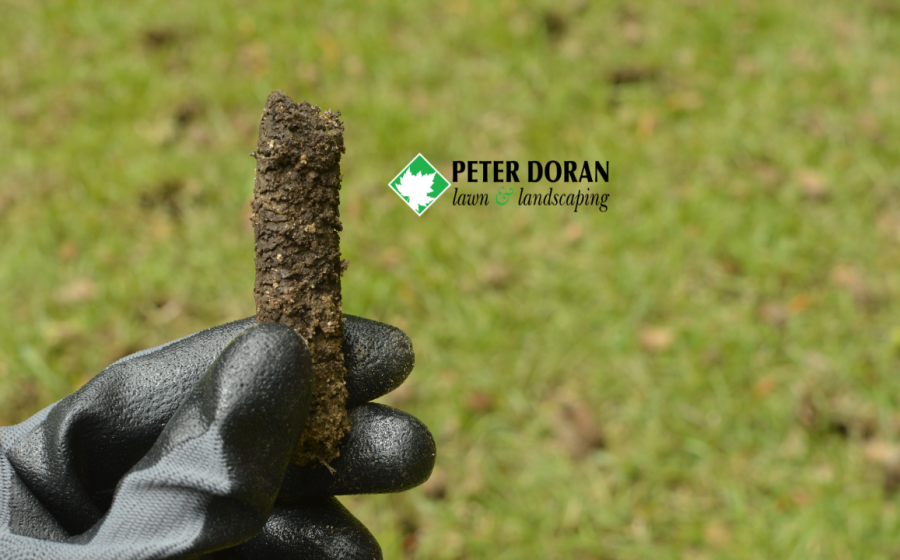
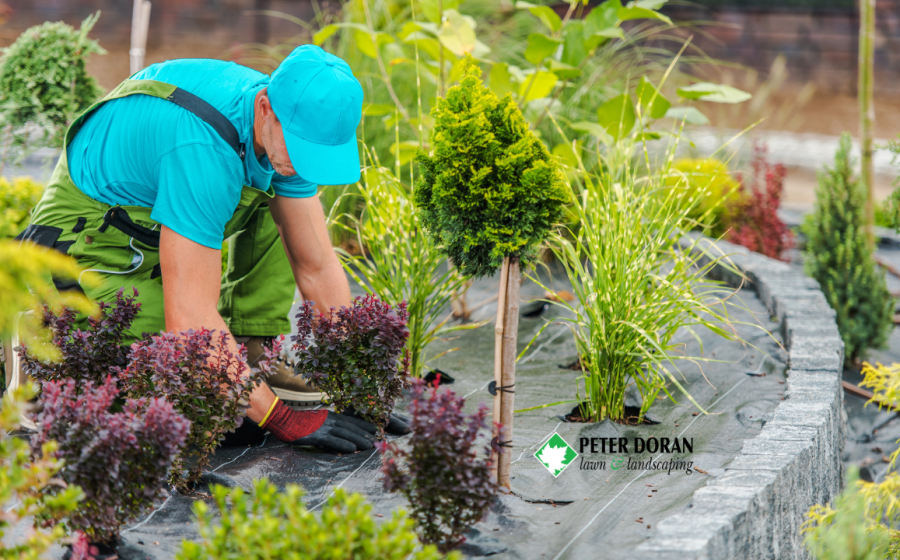
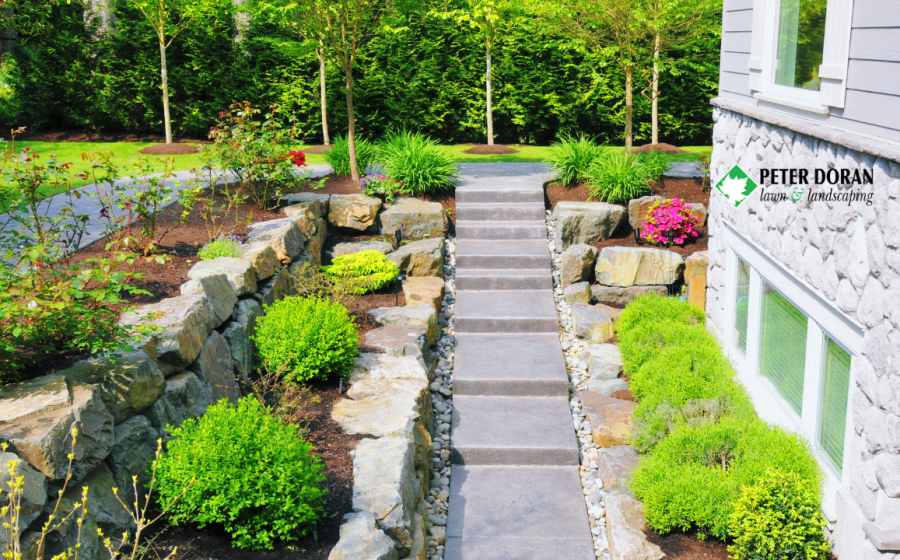
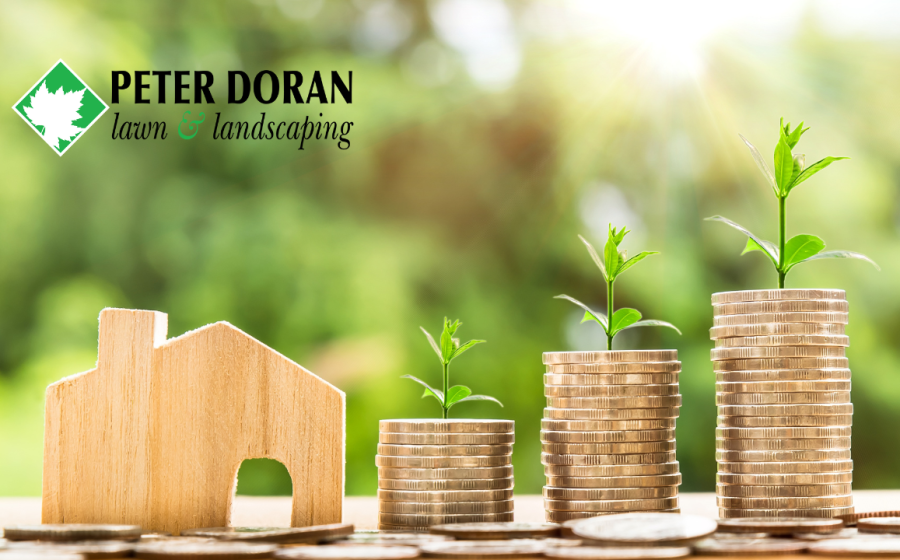
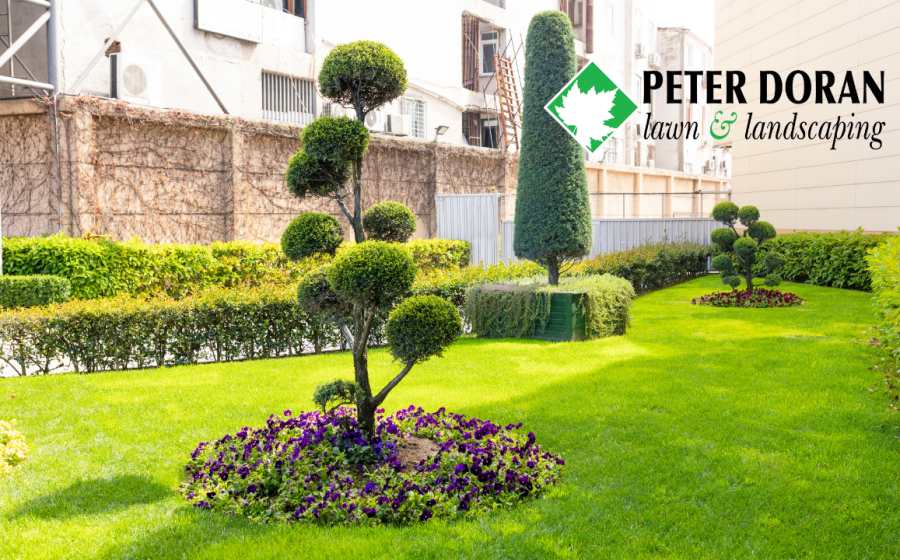
Recent Comments